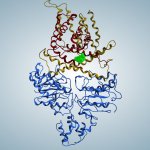
News • Proof of Concept funding
New research to starve resistant bacteria
Researchers are developing novel active substances designed to cut off the nutrient supply of resistant bacteria, effectively starving them to death.

Researchers are developing novel active substances designed to cut off the nutrient supply of resistant bacteria, effectively starving them to death.
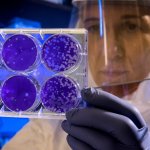
A person’s age, sex and location are correlated with the chance that they have a bloodstream infection that is resistant to antibiotics, according to a new study.
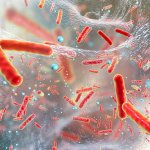
Once a patient’s body has been colonized by resistant bacteria, they can persist for a long time, a new study by the University and University Hospital of Basel shows.
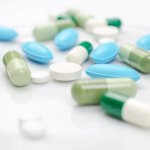
Researchers have analysed the rise of antibiotic resistance over the last 20 years in the UK and Norway, highlighting that antibiotic use is not the only factor in the increase.

A new synthetic antibiotic developed by University of Liverpool researchers is shown to be more effective than established drugs against ‘superbugs’ such as MRSA, a new study shows.
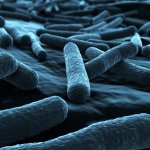
A new deep-learning approach to AMR testing has been shown to detect antimicrobial susceptibility within as little as 30 minutes - significantly faster than current gold-standard approaches.

A new study on public health communication shows that the term commonly used to describe bacteria resistant to current medicines or antibiotics fails to stick in people’s memories.
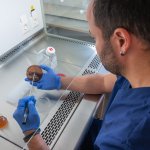
A new class of antibiotics, based on proven drugs used in cancer treatment, is now being developed by researchers at Linköping University. They could be used against resistant bacteria.
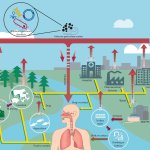
Curbing levels of harmful air pollution could help reduce antibiotic resistance, according to the first in-depth global analysis of possible links between the two.

Researchers at Karolinska Institutet have developed a molecular method able to detect whether or not bacteria respond to antibiotics within minutes.
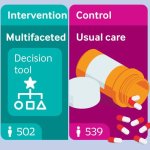
An international study has shown how a decision tool for health professionals has proved capable of halving the use of antibiotics against urinary tract infections while maintaining patient safety.
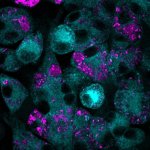
Researchers from the US, Singapore and Geneva have developed a novel combination therapy using an anticancer agent for treating vancomycin-resistant Enterococcus faecalis (VRE).

Carriers of a specific bacteria have a 14% chance of developing an antibiotic resistant infection with 30 days of hospitalisation, according to new research from Amsterdam.
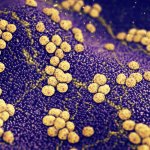
Researchers have designed and synthesized analogs of a new antibiotic that is effective against multidrug-resistant bacteria, opening a new front in the fight against these infections.
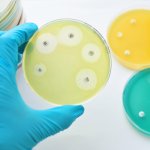
An international research team has provided valuable new information about what drives the global spread of genes responsible for antimicrobial resistance (AMR) in bacteria.
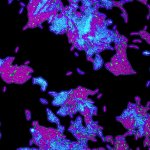
A new Oxford University study provides the first direct evidence of antibiotic resistant bacteria migrating from a patient’s gut microbiome to the lungs, increasing the risk of deadly infections.
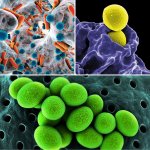
Periprosthetic infections and revisions are on the rise in Germany and worldwide, with significant consequences for affected patients as well as for the healthcare systems. Precisely because the number of patients at higher risk of infection in arthroplasty continues to rise, attention is increasingly focused on how this dreaded complication can be avoided.
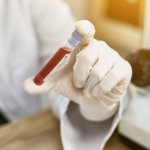
Antibiotic prescribing in primary care could be monitored using health insurance data. And reduced with a simple test.
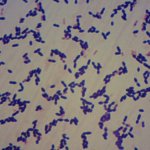
A new study could one day help health workers determine whether bacteria of the species Streptococcus pneumoniae, which cause meningitis, are resistant to antibiotics.
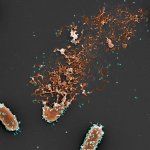
Bacteriophages – viruses that kill bacteria – could be a solution for fighting antibiotic-resistant pathogens, French researchers have developed a model to better predict their efficacy.
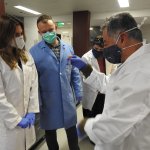
The search for rare mutations in bacterial genome could lead to better diagnostics and treatments – reducing morbidity caused by the deadly disease.

Climate change and antimicrobial resistance (AMR) are forming an alarming alliance: Global warming creates new breeding grounds for resistant bacteria. A serious and very real threat to public health – but not quite the doomsday scenario some might make it out to be, says Prof Sabiha Essack from the University of KwaZulu-Natal in Durban, South Africa.

Finding the right antibiotic dose is akin to a Goldilocks problem: give too little, and the infection will persist; too much, and side-effects will override the benefits of the therapy. To get it “just right”, Prof Dr Birgit Koch talks about dosing optimisation in the clinical setting.
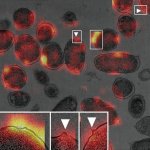
Researchers find that drug-resistant bacteria can be distinguished from non-resistant bacteria based on structural changes evident in electron microscope images with high accuracy using deep learning.
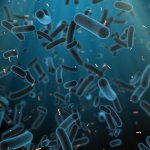
An international team of scientists have shown that small and large bacterial populations follow qualitatively different evolutionary paths to develop antibiotic resistance.